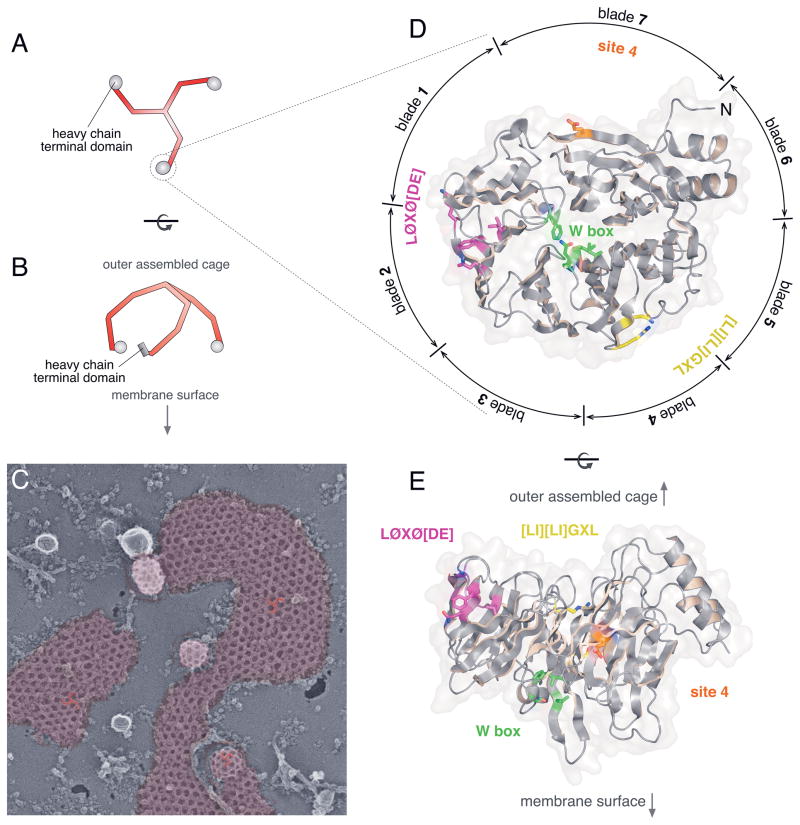Figure 1. Clathrin structure and function.
A. Stylized cartoon depiction of the clathrin triskelion viewed from the ventral surface. The TD at the N-terminal end of each heavy chain (red) is indicated (gray), while the C-terminal end of each heavy chain is involved in trimerization.
B. More accurate schematic representation of the lateral view of a clathrin triskelion based on the high-resolution cryoelectron microscopy structure of the assembled cage (63). The arrow indicates the defined sidedness of the assembled trimer.
C. Rapid-freeze deep-etch image of assembled clathrin lattice on the glass-adherent ventral surface of a cultured HeLa cell. In these cells, the clathrin polymer (pseudocolored purple) ranges from large expanses of planar assemblies with a preponderance of hexagonal units through adjacent, pentagon-containing hemispherical-shaped buds, to deeply invaginated structures just about to be released from the plasma membrane as clathrin-coated vesicles. The relative positioning of several individual triskelia (red) interdigitated within the assembled lattice is shown.
D. Ribbon diagram of the human clathrin TD (PDB code 2XZG (40)) viewed from the membrane-proximal surface of the β-propeller. The positioning of the seven β-stranded blades is indicated as well as the relative locations of the TD interaction surfaces. Rendered in stick representation are some important side chains (with oxygen in red and nitrogen in blue) defining each binding site (Ile80, Gln89, Phe91 and Lys96 for the clathrin-box LØXØ [DE] site 1/purple; Phe27, Gln152, Ile154 and Ile170 for the W-box site 2/green; Arg188 and Gln192 for the [LI][LI]GXL site 3/yellow; Glu11 for site 4/orange). Note the circumferential positioning of the LØXØ [DE], [LI][LI]GXL and site 4 interaction surfaces.
E. Ribbon diagram of the TD β-propeller rotated ~90° to illustrate a lateral view. Color-coded as in D with the relative sidedness (arrows) shown.

